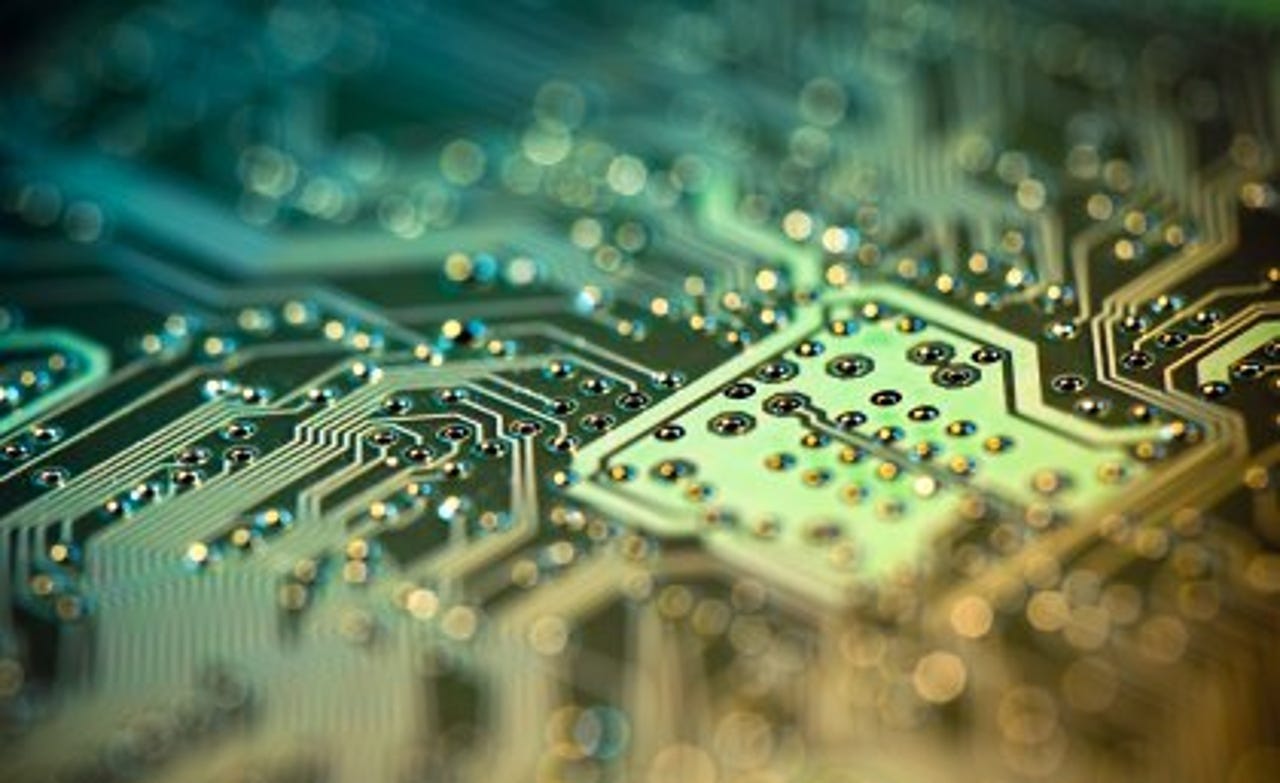University of Queensland to use vibrations instead of electricity in chips for space


Mechanical vibrations inside the computer chip will be used to perform computations
The University of Queensland (UQ) and defence company Lockheed Martin have announced they will be working together to develop chips that rely on mechanical vibrations, instead of electric currents, to perform computations.
"This makes it much more robust to radiation exposure in near-earth orbit and deep space applications," said professor Warwick Bowen, who is leading the project.
The project, which is part of UQ's Precision Sensing Initiative, is expected to lead to the development of nanotechnologies that can be applied in areas such as sensing, health, and communication, Bowen said.
It could also improve heat management and energy efficiency in future computers, Bowen added.
The university said the project will benefit from federal government investment into the Australian Research Council's (ARC) Centre of Excellence for Engineered Quantum Systems, which aims to develop quantum technologies for future Australian industries.
The project is one of four UQ proposals that attracted a total of AU$1.28 million in government funding through the ARC Linkage Projects scheme.
"We see a true partnership between industry, academia, and government growing Australia's future defence industry capability," said Lockheed Martin Australia CEO Vince Di Pietro.
The Australian government launched nine new ARC Centres of Excellence in September last year, handing out AU$283.5 million to fund specialised research.
Under the scheme, the University of Queensland (UQ) received AU$31.9 million in funding to lead a national centre developing advanced quantum technologies, likewise with UNSW's Centre for Quantum Computation and Communication Technology.
A team of researchers out of the UNSW centre, led by professor Michelle Simmons, has been racing to build the world's first quantum computer in silicon. UNSW's engineers have already unlocked the key to enabling quantum computer coding in silicon, announcing in November 2015 that the team had the capability to write and manipulate a quantum version of computer code using two quantum bits in a silicon microchip.
Earlier this year, the University of Technology Sydney (UTS) launched its new Centre for Quantum Software and Information (QSI) dedicated to the development of the software and information processing infrastructure required to run applications at quantum scale.
The new centre has five research programs: Algorithms and complexity, artificial intelligence applications, programming and verification, intermediate quantum computing and architectures, and information theory and security.
It is expected that the QSI will play a major role in developing applications for the ARC's Centre of Excellence for Engineered Quantum Systems.
Ubtech Alpha 2 Robot
Earlier this week, the University of Sydney announced that it will be launching a AU$7.5 million artificial intelligence (AI) research centre in partnership with Chinese humanoid robot maker Ubtech.
The Ubtech Sydney Artificial Intelligence Centre explores "untapped" opportunities around artificially-intelligent machines such as autonomous vehicles, drones, and robots, under the leadership of professor Dacheng Tao.
"As humans, our perceptions of our environments allow us to understand events, make logical deductions, and learn how to behave in certain situations. We expect that one day in the not-too-distant future, machines will be able to do these same things, just like us -- or possibly even better," Tao said.
"With this vision, the centre will drive progress in AI to endow machines with the capabilities to perceive, learn, reason, and behave."
Tao said the centre's researchers will use Ubtech's technology to develop AI algorithms, bridging the gap between academia and real-world applications.
"We're working towards a future where humanoid robots walk out of our centre and into ordinary people's households," he added.
The University of Sydney said it also plans to collaborate "with government and technology companies" on large-scale national and international problems in AI.
Ubtech founder and CEO James Zhou said the collaboration had the potential to "revolutionise" the research of intelligent humanoid robots.
The centre, scheduled to launch later this year, will sit within the University of Sydney's Faculty of Engineering and Information Technologies.
The University of Sydney isn't the first Australian university to explore AI-powered robotics.
In April, UTS opened its Centre for Artificial Intelligence (CAI) aimed at creating intelligent machines with greater capacity for perception, learning, and reasoning.
The CAI is comprised of five labs including the "Magic Lab" which is all about exploring socially-aware robots.
A month later, the Queensland University of Technology (QUT) unveiled its plans to study social robotics, inviting SoftBank Robotics' Pepper onto its campus.
The university said it will be using Pepper, which is capable of recognising emotions and mimicking human behaviours, as a social robotics research platform.
QUT said its research complements the Queensland government's strategy to explore the potential for humanoid robots.
Given the robotics ecosystem is still in its infancy, researchers have found that there are a number of common security flaws.
Earlier this year, researchers at IT security company IOActive announced that it had found 50 security flaws in robots manufactured by six brands including SoftBank, Ubtech, and Robotis.
Common vulnerabilities included insecure communications, authentication issues, privacy issues as a result of how robots store and send data, weak default configurations, and vulnerable open source frameworks, according to IOActive's research.
"In the future when there are robots everywhere, if they're not secure, there will be a lot of problems which will have impacts on our lives. We need to do something about securing robots now, because if not, it'll be crazy in the future," Cesar Cerrudo, CTO at IOActive, told ZDNet previously.